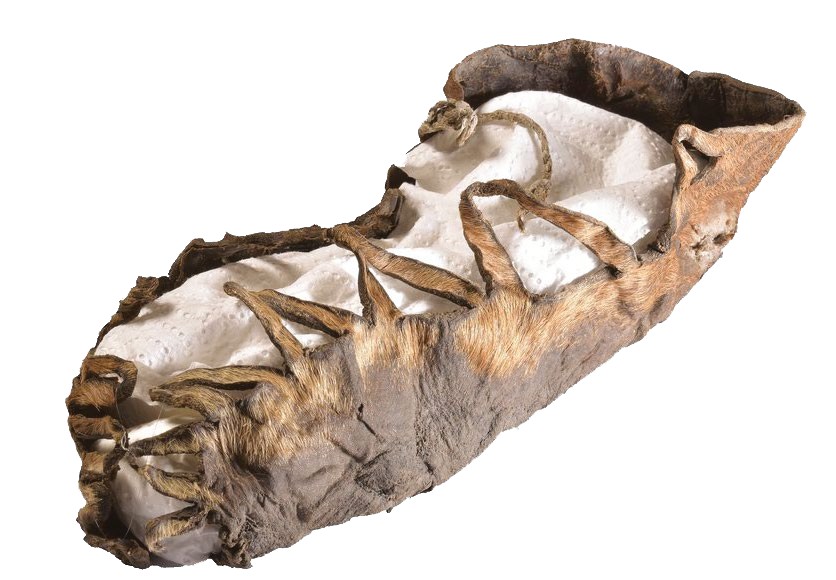
The leather shoe had a piece of flax or linen that hinted at how the shoe had been tied
Deep underground in a rock-salt mine in Austria, archaeologists have made an outstanding discovery: the 2,200-year-old shoe of a child. The mine’s rock salt, which people have been mining since the Iron Age in the village of Dürrnberg near present-day Salzburg, preserved the well-crafted shoe. The lone footwear is about a UK children’s size 11.5. “The condition of the shoe found is outstanding,” said Thomas Stöllner, the research department head at German Mining Museum (DBM) in Bochum. “Organic materials generally decompose over time. Finds like this child’s shoe… offer an extremely rare insight into the life of Iron Age miners.”
Archaeologists noticed that the leather shoe has a preserved remnant of lacing made from flax or linen, which hints at how the shoe was laced. The shoe’s design indicates that the footgear was crafted in the second century BCE. While only one shoe was found, its discovery suggests that children were underground in the mines more than two millennia ago. The museum has been carrying out archaeological work in the mine since 2001. Near the shoe, archaeologists found the fragment of a wooden shovel and the remnants of a fur with lacing, which may have belonged to a fur hood.